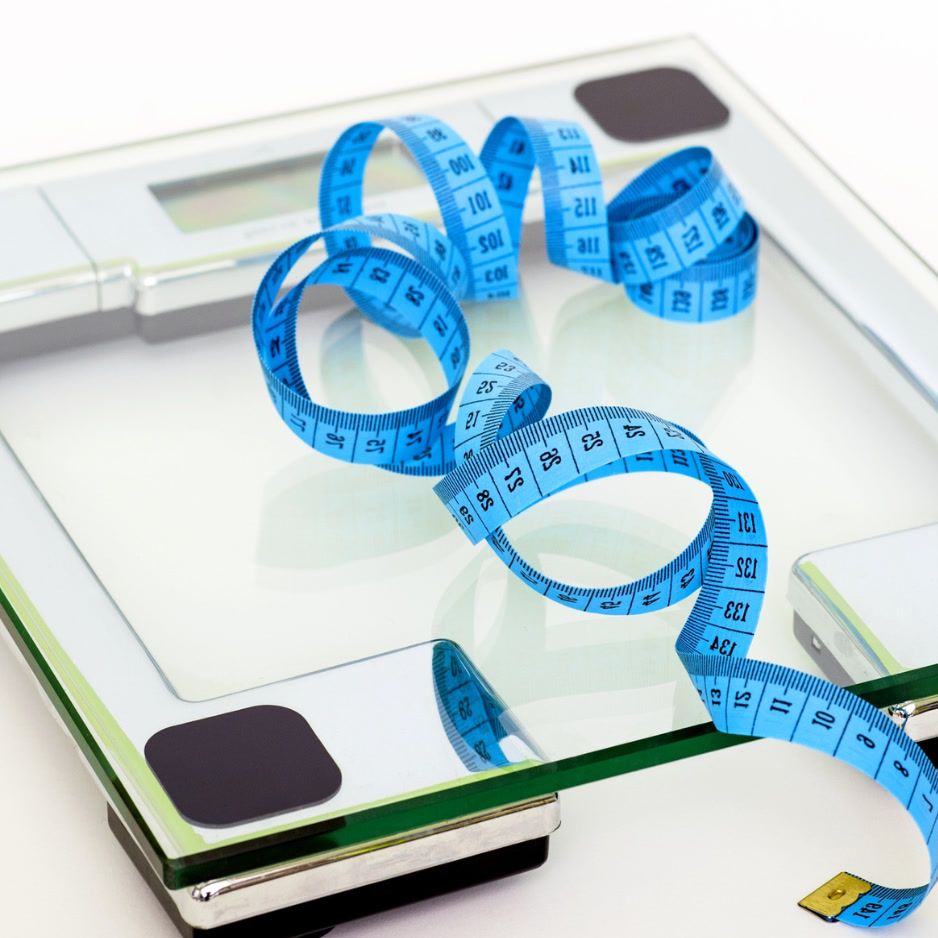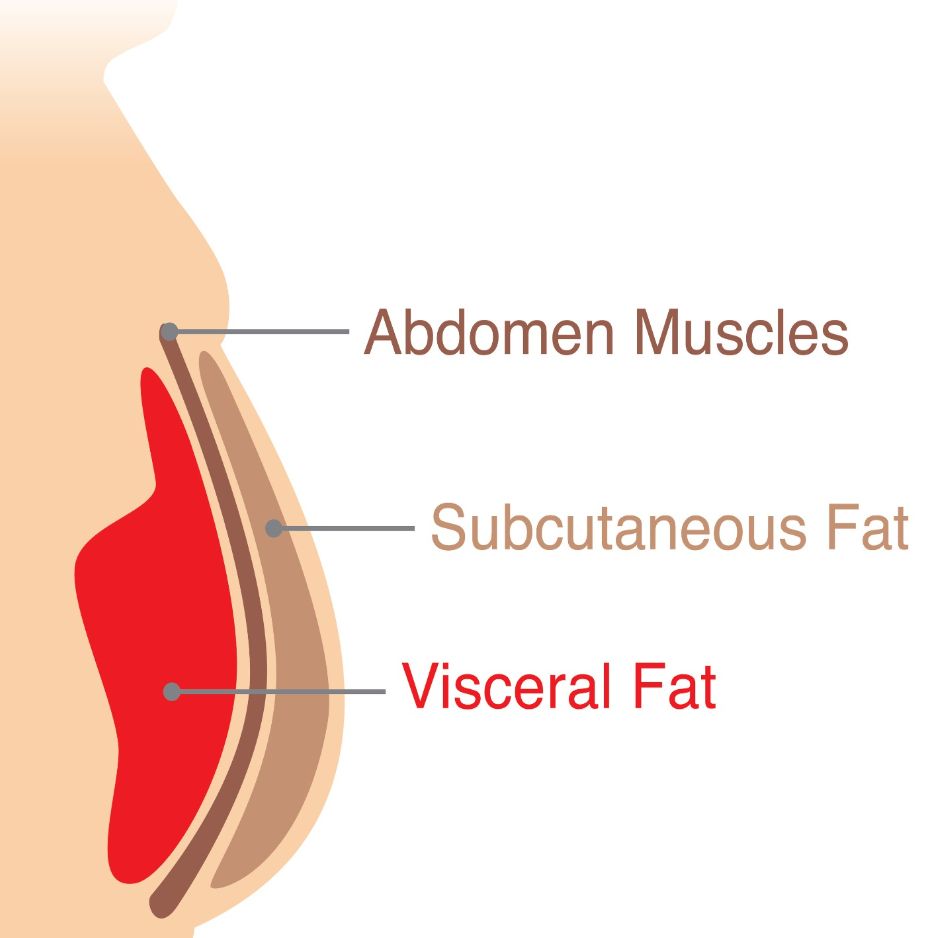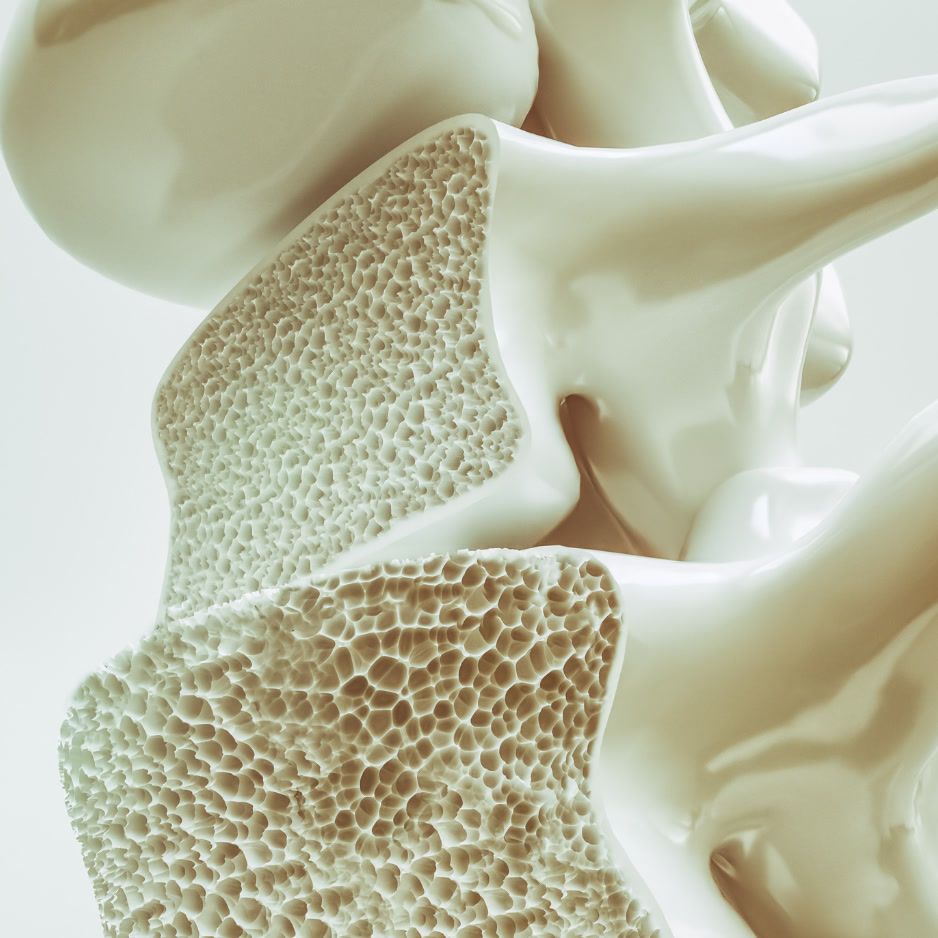Best Collagen for Women: Evidence-Based Guide (2025)
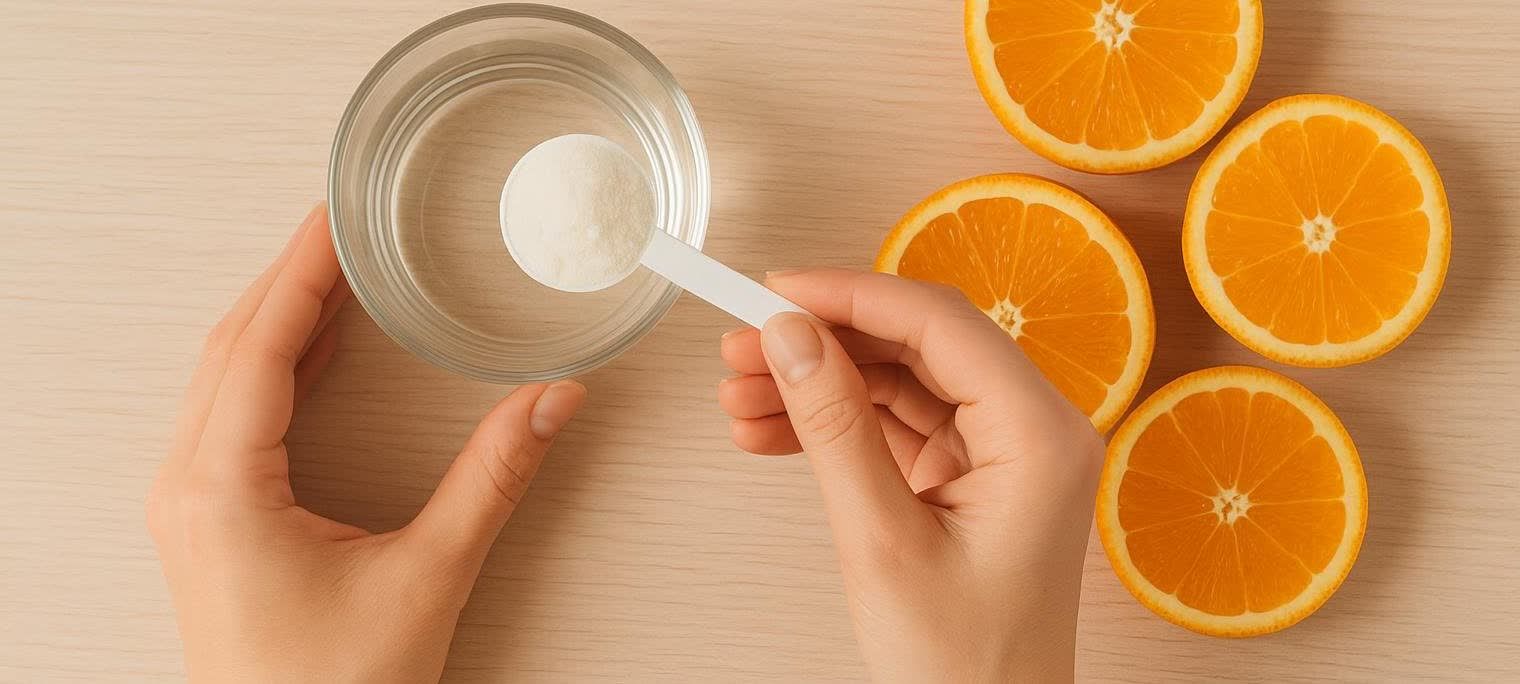
Best Collagen for Women: Evidence-Based Guide (2025)
Choosing the best collagen for women depends on your primary goal. Here’s the short answer (with evidence):
- Skin, hair, nails → Hydrolyzed collagen peptides (Types I & III), 5–10 g/day, ideally with a little vitamin C. Expect visible changes in ~8–12 weeks (systematic review of 26 RCTs; 2024 RCT).
- Joints (runner’s knee, gym aches, mild OA) → Undenatured Type II collagen (UC‑II), 40 mg/day; alternative: hydrolyzed peptides 5–10 g/day (Arthritis Foundation; 2024 review).
- Perimenopause (skin + bone support) → Specific bioactive collagen peptides, 5 g/day, alongside calcium/vitamin D if your clinician recommends (long‑term study).
- Training and recovery → Hydrolyzed collagen peptides (Types I & III), 10–15 g/day near workouts, plus vitamin C. The leading exercise study used vitamin C–enriched gelatin (not peptides) 1 hour pre‑activity and increased collagen‑synthesis markers over 72 hours; this timing is often extrapolated to peptides in practice (AJCN, 2017).
This guide translates the clinical science to help you choose the right collagen for your goals—from improving skin elasticity to supporting joint health—using plain English. For a timeline of what to expect, see our 12‑week collagen progress guide.
Note: Supplements aren’t regulated like drugs in the U.S. Quality varies; chat with your clinician before starting anything new—especially if you:
- are pregnant or breastfeeding
- have seafood allergies
- have kidney or liver conditions
- take prescription or over‑the‑counter medications
(Cleveland Clinic; UCLA Health).
Collagen types at a glance (what each is best for)
| Collagen form | Typical source | Primary supported goal(s) | Typical dose | Evidence notes |
|---|---|---|---|---|
| Hydrolyzed collagen peptides (Types I/III) | Bovine, marine, porcine | Skin hydration/elasticity; wrinkle depth; general support | 2.5–15 g/day (commonly 5–10 g) | Meta‑analyses and RCTs show improved hydration/elasticity, strongest after ≥8 weeks (Systematic Review & Meta‑Analysis; 2024 RCT). |
| Undenatured Type II (UC‑II) | Chicken sternum cartilage | Joint comfort (knee OA; training aches) | 40 mg/day | Trials suggest reduced pain/stiffness and better function; mechanism via oral tolerance (2024 review; Arthritis Foundation). |
| Specific bioactive peptides (bone‑focused) | Bovine (studied blends) | Bone density support in postmenopausal women | 5 g/day | Long‑term follow‑up suggests BMD gains with daily use; small cohorts, product‑specific (long‑term study). |
How we evaluated “best”
- We prioritized human clinical data (especially randomized trials and meta‑analyses) over anecdotes.
- We checked whether products use the right form at the right dose (e.g., hydrolyzed peptides for absorption; UC‑II at 40 mg/day).
- We set realistic timelines—most outcomes require 8–12 weeks of daily use (Systematic Review & Meta‑Analysis).
We don’t endorse specific brands here; use the label checklist below to shop confidently.

Best for Skin Health, Hair, and Nails
- What to choose: Hydrolyzed collagen peptides (Type I/III), 5–10 g/day. Pair with 50–100 mg vitamin C (a cofactor for collagen synthesis).
- What to expect: Better hydration and elasticity by ~8–12 weeks; several trials show wrinkle‑depth reductions and smoother texture (Systematic Review of 26 RCTs). A 12‑week 2024 RCT reported improved collagen structure, skin hydration (+13.8%), and elasticity (+22.7%).
- What a good label looks like (example wording): “Hydrolyzed bovine or marine collagen peptides (Types I & III) — 10 g per serving; Vitamin C — 90 mg; No added sugar; Third‑party tested.”
- Perspective: Not every claim is proven and some studies are industry‑funded. For a skeptical read, see this BBC Future analysis. Still, pooled RCTs suggest modest, measurable skin benefits.

Best for Joint Comfort and Mobility
- What to choose:
- Primary choice for joints: UC‑II (undenatured type II collagen) 40 mg/day.
- Alternative: Hydrolyzed peptides 5–10 g/day (general support).
- What to expect: Multiple trials report reduced pain and stiffness and better function with UC‑II vs. placebo and sometimes vs. glucosamine/chondroitin (Arthritis Foundation; 2024 review). Allow 8–12 weeks.
- What a good label looks like (example wording): “Undenatured Type II collagen (UC‑II) — 40 mg per capsule; Source: chicken sternum cartilage; Standardized to active epitopes; Third‑party tested; No proprietary blends.”
- Enhance with exercise: Pair supplements with strength and mobility work. See our Joint Supplements: 2025 Guide and our science‑backed guide to muscle recovery.
Best for Active Lifters & Recovery
- What to choose: Hydrolyzed collagen peptides (Types I/III), 10–15 g/day, especially on tendon‑ and ligament‑heavy training days. Pair with 50–100 mg vitamin C about 30–60 minutes pre‑workout.
- Why this timing: A 2017 study used 15 g vitamin C–enriched gelatin (not collagen peptides) 1 hour before intermittent activity and saw a sustained rise in a collagen‑synthesis marker for up to 72 hours (AJCN, 2017). Athletes and consumers often apply this timing to collagen peptides, though direct comparative trials on peptides versus gelatin for this purpose are limited.
- How to take: Mix into water, coffee, or a smoothie. Consistency matters more than the exact beverage.
- Expectations: Collagen supports connective‑tissue remodeling alongside progressive training, good sleep, and adequate protein. It’s not a complete protein and shouldn’t replace high‑quality protein around workouts (UCLA Health).
- What a good label looks like (example wording): “Hydrolyzed collagen peptides (Types I & III) — 15 g per serving; Vitamin C — 90–100 mg; No artificial colors/sweeteners; Third‑party tested.”
Best for perimenopausal support (skin + bone)
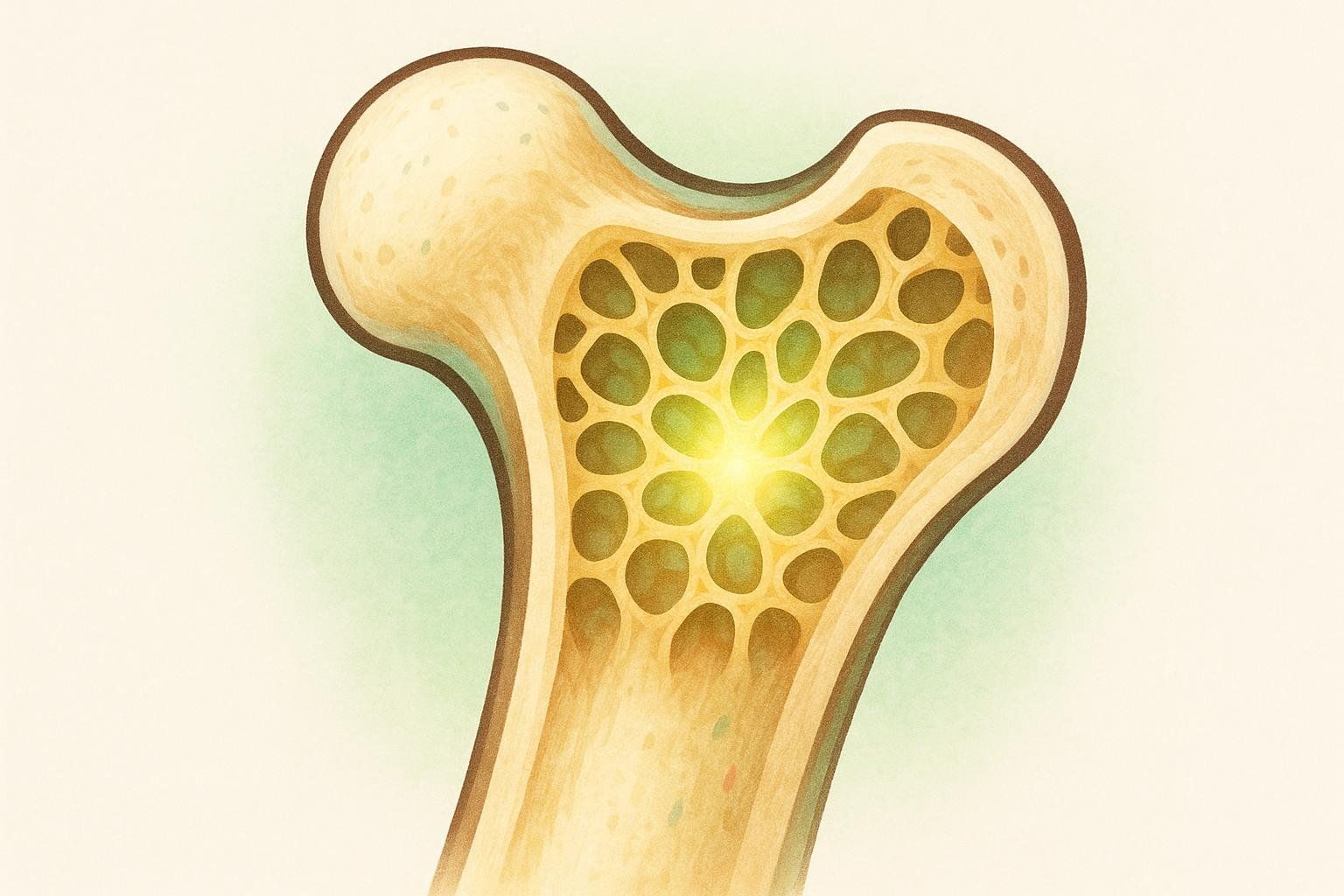
- What to choose: Specific bioactive collagen peptides, 5 g/day, alongside calcium/vitamin D if your clinician advises.
- What to expect: A long‑term study in postmenopausal women found that daily collagen peptides increased spine and femoral‑neck bone mineral density (long‑term study).
- What a good label looks like (example wording): “Specific bioactive collagen peptides (bone‑focused) — 5 g per serving; Lists the specific peptide blend studied for this purpose; Transparent dosing (no proprietary blend); Third‑party tested.”
- Important: Effects can be peptide‑specific; collagen is an adjunct—not a substitute—for evidence‑based osteoporosis prevention/therapy. Discuss HRT and medications for bone health with your clinician. Learn more in Perimenopause: Signs & Timelines and When Should Women Get a Bone Density Test?.
Dosing, timing, and how to take it
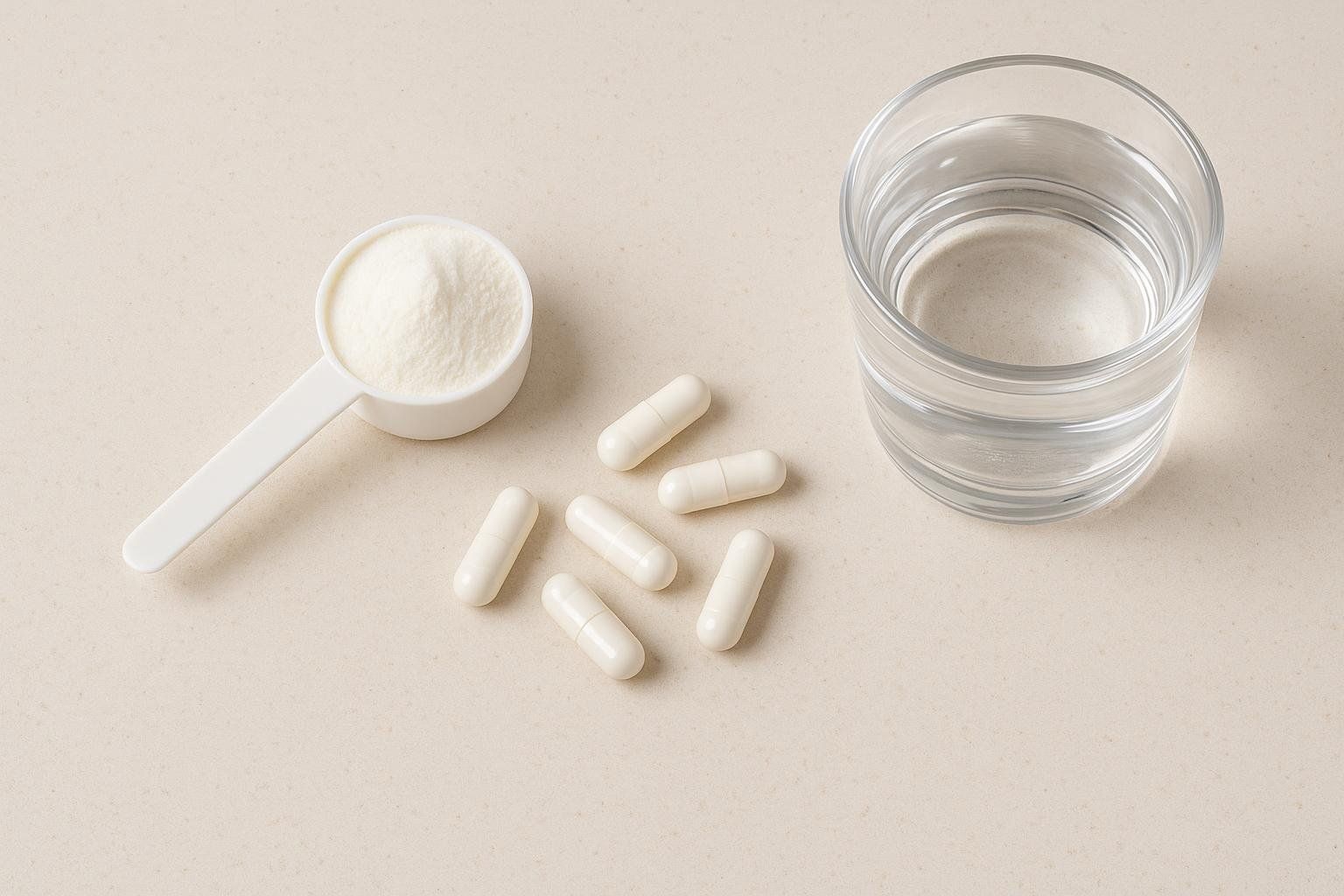
- Hydrolyzed collagen (skin/general): 2.5–15 g/day; 5–10 g/day is common. Smaller daily doses tend to support skin/joint outcomes; higher intakes may help maintain healthy muscle mass when combined with training (UCLA Health).
- UC‑II (joints): 40 mg/day (Arthritis Foundation).
- Timing: Consistency beats clock time; most studies run 8–12 weeks before assessment (Systematic Review & Meta‑Analysis). Collagen pairs well with vitamin C.
- Forms: Powders = flexible dosing and fewer fillers; capsules = convenience; ready‑to‑drink = easy but pricier; gummies often underdose and add sugar (GoodRx).
- Fitness note: Collagen isn’t a complete protein (low in leucine). Keep daily protein in the optimal range for active women and spread it across meals. See healthy muscle mass benchmarks.
Label checklist: how to pick a high‑quality collagen
- Specify type and source: e.g., “Hydrolyzed bovine collagen peptides (Types I & III)” or “Undenatured type II (UC‑II).”
- Right dose per serving: 5–10 g collagen peptides or 40 mg UC‑II.
- Minimal extras: little/no added sugar, dyes, or proprietary blends that hide dosages.
- Third‑party testing: NSF, USP, or Informed Choice can help verify purity and label accuracy (GoodRx).
- Allergen disclosure: Marine collagen can trigger seafood allergies; chicken‑derived UC‑II is animal‑based; “vegan collagen” is a booster (no actual collagen) (Cleveland Clinic).
- Sample compliant label (example wording): “Hydrolyzed collagen peptides (Types I & III) — 10 g per serving; Source: grass‑fed bovine or wild‑caught marine; Vitamin C — 90 mg; Ingredients: collagen peptides, vitamin C; Certifications: third‑party tested; Added sugars: 0 g.”
Budget tip: Calculate price per gram of collagen (or per 40 mg for UC‑II) to compare products fairly.
Safety, side effects, and realistic expectations
- Regulation & quality: Supplements don’t require pre‑market FDA approval. Independent testing generally finds products accurately labeled, though rare heavy‑metal contamination has been reported. Choose transparent, third‑party‑tested brands (see the Arthritis Foundation).
- Side effects: Generally well‑tolerated; rare GI upset or allergic reactions with fish/shellfish sources (Cleveland Clinic).
- Evidence quality: Skin and joint outcomes have encouraging RCTs, but some studies are small or industry‑funded. Broad, universal beauty claims remain unproven (BBC Future).
Mini‑quiz: Which collagen is your best start?
- Mostly want skin glow and nail strength? → Hydrolyzed peptides (Type I/III), 5–10 g/day.
- Knees complain on runs or stairs? → UC‑II 40 mg/day; reassess at 8–12 weeks.
- In perimenopause and thinking long‑term bone? → Specific bioactive peptides 5 g/day + lifestyle + clinician‑guided plan.
FAQ
Is marine collagen better than bovine for women?
Both supply type I/III peptides. Some marketing suggests marine absorbs faster, but head‑to‑head clinical differences are unclear. Pick based on diet, cost, and tolerance (Cleveland Clinic; GoodRx).
How long until I see results?

Most studies show measurable improvements in skin (hydration/elasticity) and joints (comfort with UC‑II) within 8–12 weeks of consistent daily use (Systematic Review & Meta‑Analysis; 2024 review).
Can collagen replace my protein powder?
No. Collagen is low in leucine and isn’t “complete.” Use it alongside complete proteins—especially if you train regularly—as explained in our science‑backed guide to muscle recovery.
What’s the right daily dose?
Peptides: 2.5–15 g/day (5–10 g is common). UC‑II: 40 mg/day. Always check your product’s per‑serving amount (UCLA Health; Arthritis Foundation).
Can collagen help bone density?
Some long‑term data in postmenopausal women suggest benefits from specific peptides at 5 g/day, but products differ and trials are small. Treat collagen as an adjunct—not a replacement—for clinician‑guided osteoporosis care (long‑term study).
The BodySpec take
Collagen can be a useful tool—especially hydrolyzed peptides (for skin) and UC‑II (for joints) —when dosed correctly and taken consistently. Set an 8–12 week checkpoint, keep overall nutrition strong, track outcomes you can measure (skin photos in consistent light, run/walk pain scales), and establish a baseline for bone density and body composition with a tool like a DEXA scan.
